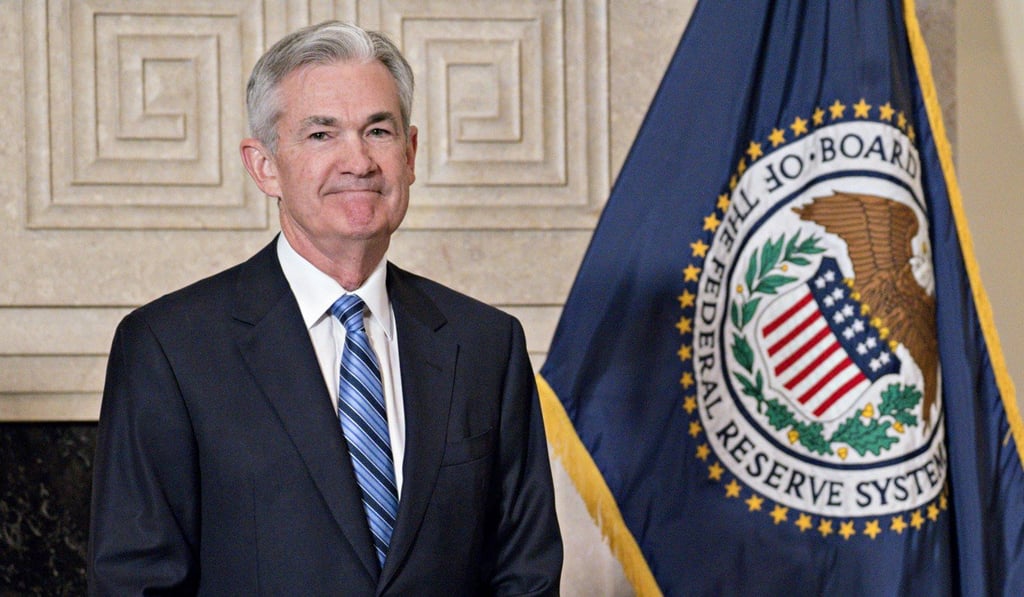Macroscope | How to prepare your portfolio for the coming inflation bogeyman
Investors should take heed of likely higher inflation, a scenario that keeps real interest rates low and erodes debt levels at a rapid clip

Every so often an observation comes around in finance that works as a law – but just when you think you’ve got it – it doesn’t work.
So it is with my own rule of thumb, which I call “Harris’s First Law of Quarterly Investment”. This states that market sentiment will often inexplicably change at the end of a quarter. A boom could lead to a consolidation, a bust to a recovery. What frustrates is that market movements may not occur exactly at quarter end but may lag by a month, or skip a few days. Nevertheless these cardinal dates are a quirk of behavioural finance and often signal a turning point in sentiment.
The last quarter of 2017 in the Hong Kong market was a stormer, as for once the Hang Seng decoupled from China and followed the US markets rising gently, but unfailingly, with little volatility. Unbelievably the rally accelerated in January but just like building a mountain of sand; eventually one final grain causes the whole pile to slip.
It is determining when that last grain slips that is so desirable to investors. If you had sold on January 31, you would have trousered an extra 10 per cent. Yet we are still slightly above the year start – January saw a big dump of sand, so we haven’t really lost that much off our portfolios. I have been saying on CNBC and Bloomberg television, since the January 2, that the market could fall as much as 12 per cent and still be in a bull market.

We have had flash crashes and taper tantrums but we are now into an “inflation frenzy”. As I wrote in this column two weeks ago, inflation is creeping up, making future payments less valuable. Long bonds have consequently fallen, and this has pushed bond yields up – good for savers, bad for debtors.
